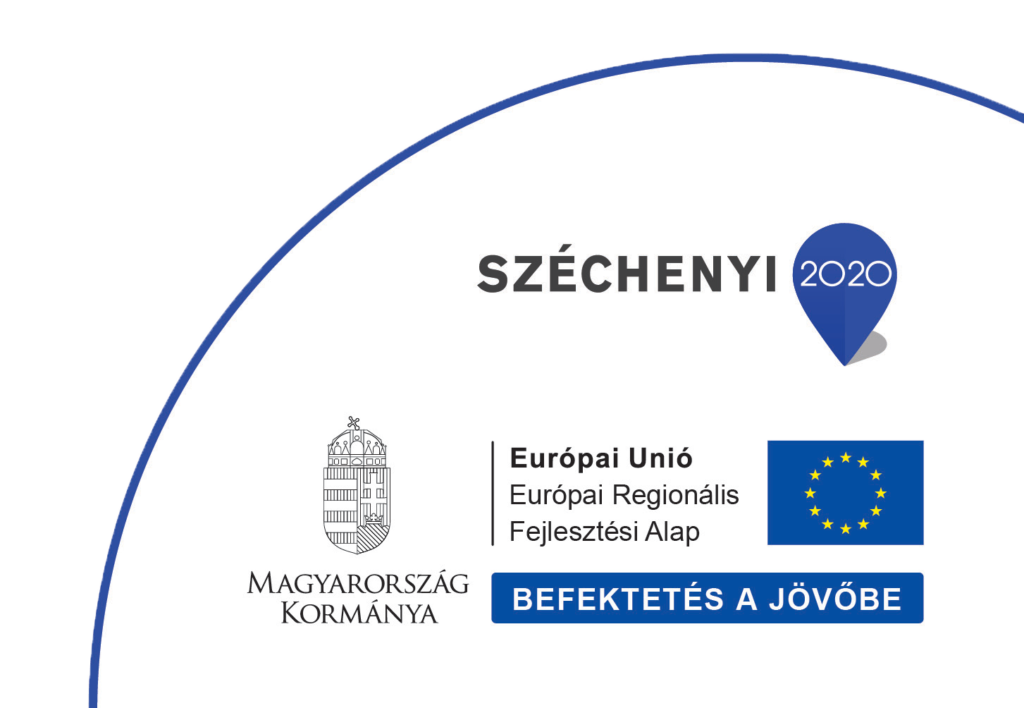Figyelem! Az itt található videok egyes gyengébb idegzetű, szakmán kívülálló személyek számára
felkavaró képkockákat tartalmazhatnak!
A folyamatos, akadásmentes lejátszásához minimum 384kbit/sec sebességű internet-kapcsolatra van szükség (ADSL, kábelnet, stb.).
A filmek természetesen ennél gyengébb sebességű kapcsolattal is megtekinthetőek, azonban bizonyos időközönként hosszabb-rővidebb ideig megállhatnak, amíg a lejátszó be nem tölti az adott film további részét.
Ilyenkor a lejátszó információs ablakában (az időkijelző alatt) a „gyorsítótárazás” felirat látható.
Míg a film áll, kérjük várakozzon türelmesen, ahogy a böngészője betölti a további adatokat, a film lejátszása automatikusan folytatódni fog.

Műhelygyakorlat filmek
Oldalainkon pillanatnyilag elérhető filmek többsége VHS (standard videokazetta) forrásanyagból származik. Ez okból – nem pedig az alkalmazott internetes videotechnológia miatt – előfordulhatnak kép és hanghibák, emiatt szíves elnézésüket, és megértésüket kérjük.
Oktató-bemutató filmek
Oldalainkon pillanatnyilag elérhető filmek többsége VHS (standard videokazetta) forrásanyagból származik. Ez okból – nem pedig az alkalmazott internetes videotechnológia miatt – előfordulhatnak kép és hanghibák, emiatt szíves elnézésüket, és megértésüket kérjük.
izületközeli töréseknél, az alkaron és a lábszáron, a töréstípusok elemzésével kiegészítve az „ao” beosztás szerint. Radius törés kezelése, triangularis szerkezetek építése.
Az MC-200-as rendszer egyszerhasználatos változatának bemutatása, töréstípusok osztálypzása, radiustörések kezelésének gyakorlati bemutatása.
A filmben látható feliratok német nyelvűek és a film nem tartalmaz hangsávot!
Calcaneus törések fedett műtéti megoldásait segítő eszközök bemutatása. A Forgon-Zadravecz féle eljárás lépéseinek bemutatása műtéti video segítségével.
A filmben látható feliratok angol nyelvűek!
- töréstípusok elemzése
- lágyrészplasztikai megoldások
- a módszerváltás lehetőségei
- a dinamizálás feltételei
- izületközeli triangularis montage építése az alsó lábszáron
- radius törés rögzítése
A segmentumok továbbításához a nyújtáshoz és ékkimetszéses osteotomiahoz használatos MC kiegészítők bemutatása műtéti körülmények között.
A videoban sajnos számos képhiba található.
A film az MC rendszerű csontrögzítő működésének alapvető mozzanatait mutatja be. Segít megérteni a szerkezetépítés alapelveit.

DIRECTIONS FOR USE Repositioning procedures suitable for MC-system FIXATEUR EXTERNE
Thanks to the MC®-system bone fixation tools and the technical solutions offered by the gripping clamps (heads) even the most complex dislocations can be corrected or highly complex structures can be devised and the desired position stabilised by locking the set. The advanced technical solutions offered by the head are protected by 11 internationally registered patents.
THE MC SYSTEM AND THE BONE SCREWS
The bone insertion sites of the bone screws and pins (SCHANZ SCREWS, STEINMANN PINS) are not limited by the structural parts of the MC system. The diameters of bone screws can be selected between 1.5 mm and 5 mm. Standard or manufactured sizes with spongiosa thread: 5 – 3 mm. We also offer reinforced 5 mm screws (corresponding to 8 mm diameter) suitable for building unilateral montage even on the femur. The drilling imprecision of bone screws placed next to each other along a single line (unilateral montage) can be compensated by the gripping clamps without limitation axially and up to 10 degrees in the direction of rotation. The distance between two screws can be chosen according to need. 8 mm and 5 mm rods can be used together in the MC-100-RL system. The 8 mm rods are primarily designed for the fixation of the lower extremities. The 5 mm rods are primarily recommended for upper arm, forearm and wrist surgeries. This rule of thumb does not necessarily apply to paediatric patients. However, the patient’s body mass and level of physical activity must be taken into account. The weight of montages constructed with parts of the MC-100-RL system amount to 1/3 of identical sized versions made with conventional metal components. Additionally, the components of the MC system leave significantly fewer metal artefacts on Xray images taken during surgery and follow-up examinations.
UNION OF BONE ENDS
When fixing the heads, the locking step does not cause any dislocation between the relative positions of the rod and the bone screw. Similarly, there is no change in the angle between the rod and the bone screw. The locking motion does not generate any dislocation in the structure and thus no torque is generated in the montage. The locking of the structure does not change the positioning of the broken bone ends. A partial loosening of the locks facilitates the 3-dimensional fine-tuning of the completely assembled montage until the desired position is achieved. The ends of the broken bone can be brought into complete alignment, even in the case of lateral dislocation. Since the system is designed to achieve this, there is no need for any accessory units. Once the montage is locked on place it is stable when under load. Once the device is fixed a limited loosening of the locking screws allows the adjustment of the montage and thus the position of the bone ends during the procedure.
DYNAMIZATION, ADJUSTABLE COMPRESSION AND DISTRACTION Must be ordered separately since these accessories are not part of the MC-100- RL systems.
Unlimited, controlled longitudinal compression and distraction can be generated with the montage. Furthermore, it is suitable for generating dynamic load (dynamization = staged, controlled microscopic dynamic movement generated by the patient’s own weight, which positively affects the process of osteosynthesis). This process requires close monitoring when using the MC-100-RL systems.
SPECIAL ACCESSORIES OF THE MC SYSTEM
Guides and tissue protection can be fixed in the place of bone screws facilitating accurate bore positioning even at acute angles. The system is also suitable for use with titanium bone screws. These provide greater stability and facilitate the construction of smaller and lighter montage.
When using MC-100-RL type fixateur externe structures special attention must be paid to the following rules. The inserts fastening the rod and the bone screw are ideally tightened when they are positioned exactly opposite of each other because the ridged areas on their surfaces ensure ideal grip. Therefore their positions should be checked before locking. During the post-operative period regular checks must be carried out to ensure that the clamps grip properly. If necessary, tighten the clamps with the adjusting screws.
The device must be checked after every use. The inserts must not be reused if their ridges are damaged. They must be replaced with an identically coloured rod or screw insert. They must be also replaced if the damage occurs during the surgical intervention. The carbon fibre reinforced rods must also be similarly checked. Do not use damaged parts.
The MC-100-RL kit may be sterilised using conventional procedures. After the end of the sterilisation wait until the parts reach room temperature before using them in a surgical intervention. Heating causes thermal expansion making the parts unsuitable for use. Mechanical load can cause significantly deformation of the parts.
Therefore all parts of the kit must be thoroughly checked for damage after cleaning and disinfection. The accessories of the MC-100-RL kit must be stored in their own trays. These trays are able to withstand cleaning and disinfection without damage

